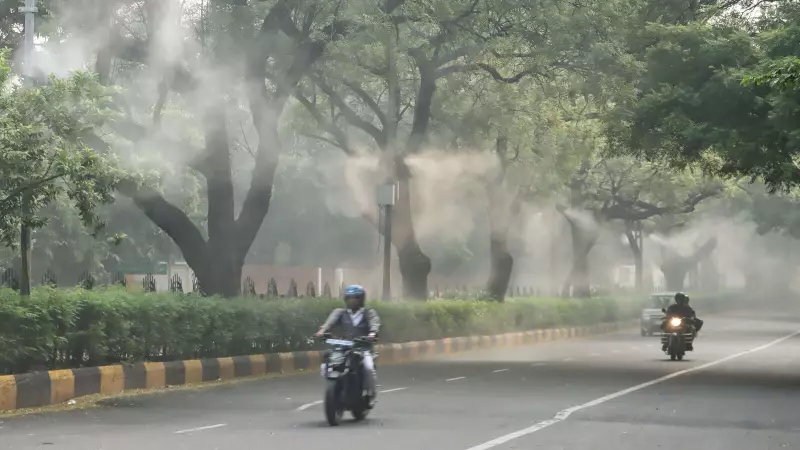
Despite waking up to another morning of choking smog and 'very poor' air quality following Diwali celebrations, Delhi's promised solution of artificial rain remains firmly grounded. The much-discussed cloud seeding project, which many hoped would wash away the toxic pollutants, faces multiple roadblocks that have left it in indefinite suspension.
The Technical Hurdles: Why Clouds Won't Cooperate
According to environment ministry officials and IIT Kanpur researchers leading the project, artificial rain requires very specific atmospheric conditions that simply haven't materialized. Cloud seeding isn't a magic button that can be pressed anytime - it demands the presence of moisture-filled clouds at appropriate altitudes, along with favorable wind patterns.
"The technology depends entirely on nature's cooperation," explains a senior environment ministry official. "We need suitable cloud formations, and currently, the meteorological conditions aren't favorable for cloud seeding operations."
The Bureaucratic Maze: Clearances and Coordination Challenges
Beyond weather constraints, the project faces significant administrative hurdles:
- Multiple agency approvals required from central government ministries
- Airspace clearance needed from aviation authorities and defense ministries
- Inter-state coordination with neighboring states where aircraft would operate
- Safety protocols for chemical dispersants over populated areas
IIT Kanpur's Ready-but-Waiting Technology
Ironically, the technical capability exists. IIT Kanpur has already developed and tested the cloud seeding technology, with researchers confirming they can implement artificial rain within a few hours once all clearances are obtained and weather conditions permit.
The institute has conducted six successful trial runs, proving the concept works under right conditions. However, having the technology and being able to deploy it are two very different challenges in Delhi's complex administrative landscape.
What's Next for Delhi's Pollution Battle?
With artificial rain on hold, authorities are falling back on traditional measures:
- Strict enforcement of construction dust control measures
- Increased traffic regulation and vehicle checking
- Industrial emission monitoring and restrictions
- Public awareness campaigns about pollution sources
As Delhiites continue breathing toxic air, the artificial rain solution serves as a reminder that even advanced technological fixes face real-world implementation challenges. The city's wait for cleaner air through cloud seeding continues, dependent on both nature's mercy and bureaucratic efficiency.





